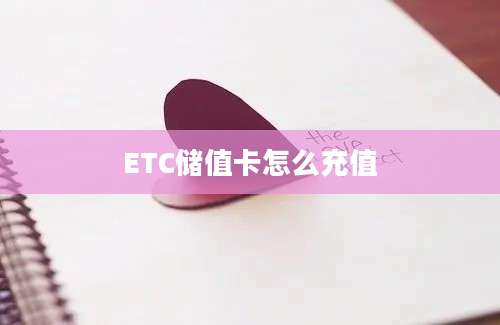标题:How to Convert "It is a cat" into a General Question?

文章:
When converting a statement into a general question in English, the structure often changes to involve an auxiliary verb, a subject, and a main verb. For the sentence "It is a cat," the conversion to a general question would be "Is it a cat?" Here's a stepbystep guide on how to do this conversion, supported by reliable sources.
1. Identify the Subject and Verb:
In the sentence "It is a cat," "it" is the subject and "is" is the verb.
2. Change the Verb:
The present tense verb "is" needs to be changed to its auxiliary form "is" to form a question. This is because in English, when forming a question, the auxiliary verb typically comes before the subject.
3. Add the Auxiliary Verb:
Place the auxiliary verb "is" at the beginning of the sentence.
4. Keep the Subject:
The subject "it" remains in the sentence, but it is not placed before the auxiliary verb.
5. Keep the Rest of the Sentence:
The rest of the sentence, "a cat," stays the same.
6. Final Question:
Combining all the parts, the general question becomes "Is it a cat?"
For more information on forming general questions in English, you can refer to the following sources:
Grammarly Blog: "How to Ask Questions in English" This article provides a comprehensive guide on forming questions in English. [Read More](https://www.grammarly.com/blog/howtoaskquestionsinenglish/)
Purdue Online Writing Lab (OWL): "Forming Questions" This resource offers detailed explanations and examples of how to form questions in English. [Read More](https://owl.purdue.edu/owl/resource/612/01/)
Common Questions Related to Converting "It is a cat" into a General Question:
1. Why do we use "Is" instead of "Are" in the question?
In the sentence "It is a cat," "it" is a singular pronoun. Therefore, the auxiliary verb "is" is used, which corresponds to the third person singular subject "it." "Are" is used for plural subjects.
2. Can I use "It's" instead of "Is it" in the question?
Yes, you can use "It's" as a contraction for "It is" in the question, resulting in "It's a cat?" However, "Is it" is more common and standard.
3. What if the statement starts with a different verb tense?
The process of converting a statement to a question remains similar, but the verb form will change according to the tense. For example, "He was a dog" becomes "Was he a dog?"
4. Can I use "It" as a subject in a question?
Yes, "It" can be used as a subject in a question. For instance, "Is it sunny today?" is a valid question.
5. What if the statement is negative?
The negative form of the statement can be converted into a question by moving the auxiliary verb to the beginning and changing the structure slightly. For example, "It is not a cat" becomes "Is it not a cat?"
6. Can I use "It" as the subject in a question if it's followed by a gerund?
Yes, you can use "It" as the subject followed by a gerund in a question. For instance, "Is it raining?" is a correct question.
7. What if the statement is in the future tense?
If the statement is in the future tense, you would use "will be" as the auxiliary verb. For example, "It will be a dog" becomes "Will it be a dog?"
8. Can I use "It" as the subject in a question if it's followed by a noun phrase?
Yes, "It" can be used as the subject followed by a noun phrase in a question. For example, "Is it your cat?" is a valid question.
9. What if the statement is in the past tense?
The past tense statement would require the use of "was" as the auxiliary verb. For example, "It was a cat" becomes "Was it a cat?"
10. Can I use "It" as the subject in a question if it's followed by an adjective?
Yes, you can use "It" as the subject followed by an adjective in a question. For example, "Is it beautiful?" is a correct question.









